



Indian scientists from DRDO and IIT Delhi achieved secure quantum communication over 1 km using optical links, demonstrating entanglement-based technology. With a 240 bits/second key rate, this breakthrough paves the way for quantum cybersecurity, networks, and future quantum internet, enhancing data security for defence and strategic sectors.

Copyright infringement not intended
Picture Courtesy: NDTV
Indian scientists have successfully demonstrated quantum entanglement-based free-space secure communication over a distance of more than one kilometre via an optical link.
Quantum communication is the science of transmitting information encoded in quantum states of particles, commonly photons (particles of light). This method is inherently more secure than classical communication (which uses electrical or optical pulses to represent 0s and 1s).
Quantum Entanglement is a counter-intuitive phenomenon where two or more quantum particles become linked in such a way that their properties are correlated, regardless of the distance separating them.
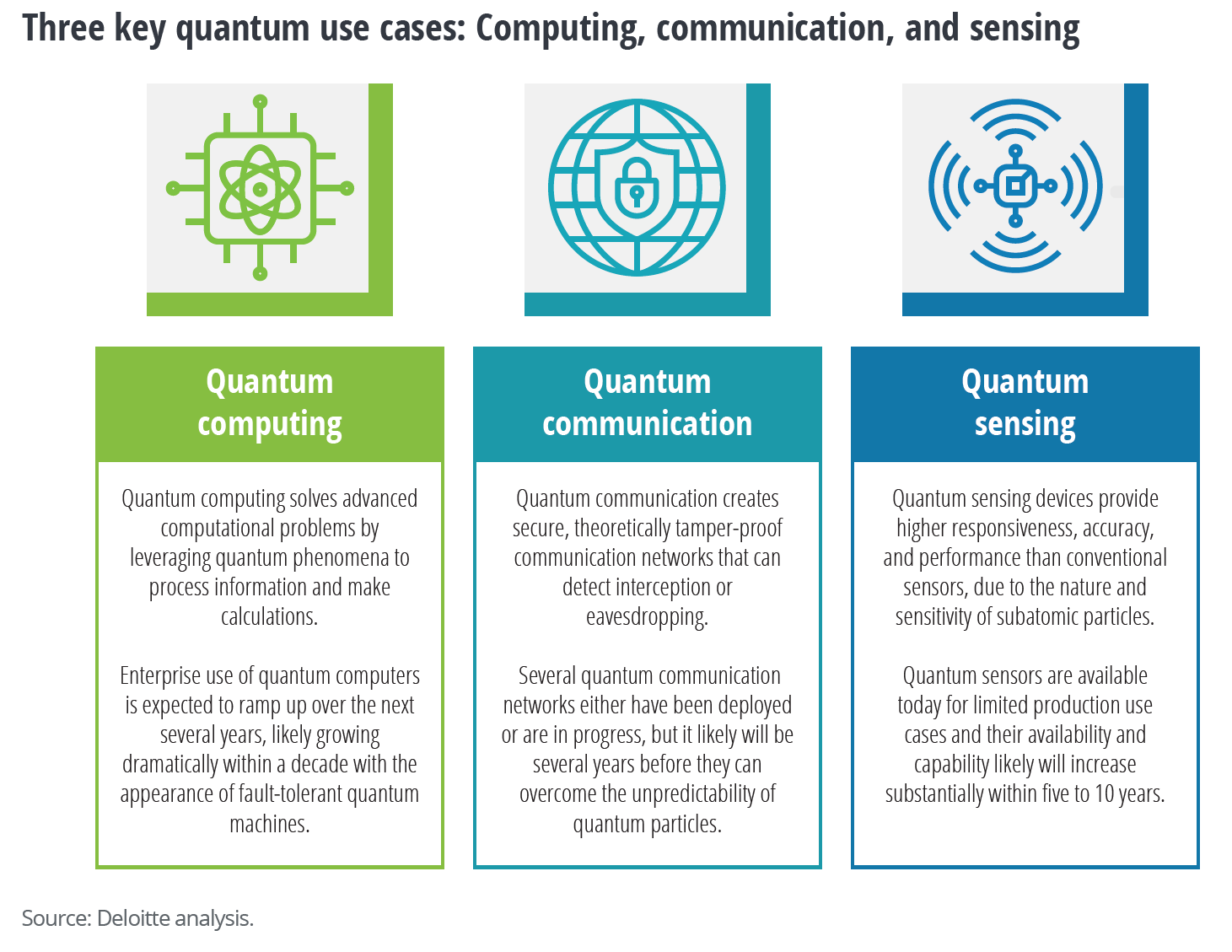 About Quantum Key Distribution (QKD)
About Quantum Key Distribution (QKD)
QKD is not used to transmit the actual message data. Instead, its sole purpose is to securely generate and share a secret random key between two parties. This shared key is then used to encrypt and decrypt the actual message, which is sent over a conventional network.
India's Progress
Scientists from IIT-Delhi and DRDO recently demonstrated secure quantum communication over a distance of more than one kilometer through free space (i.e., without optical fiber). This is vital for deploying the technology in difficult terrains, for satellite-based communication, and in urban settings.
In 2022, India's first inter-city QKD link was established between Prayagraj and Vindhyachal in Uttar Pradesh, a major milestone in creating a national quantum communication network.
It provides a foolproof method for securing communications for the armed forces, intelligence agencies, and government, making them immune to snooping.
It can safeguard vital sectors from cyber-attacks:
The Department of Science & Technology launched the National Quantum Mission (NQM) to seed, nurture, and scale up scientific and industrial R&D to make India a global leader in Quantum Technologies & Applications (QTA).
Must Read Articles:
Source:
|
PRACTICE QUESTION Q. With reference to "Quantum Teleportation," which of the following statements is the most accurate description of the process? A) It involves the disassembling of an object at one location and reassembling its exact copy at another, achieving faster-than-light travel. B) It is a communication protocol that physically transfers a quantum particle, such as a photon, from one location to another. C) It transfers the exact quantum state of a particle onto another, distant particle using quantum entanglement, without physically moving the original particle. D) It is a theoretical method to transmit unlimited data instantaneously using a pre-shared entangled channel, violating the principles of special relativity. Answer: C Explanation: Quantum Teleportation is a method of transferring the quantum state of one particle to another, which is made possible through the use of quantum entanglement and a classical communication channel. The original particle's state is destroyed in the process and recreated on the distant particle, without the original particle physically traveling. |
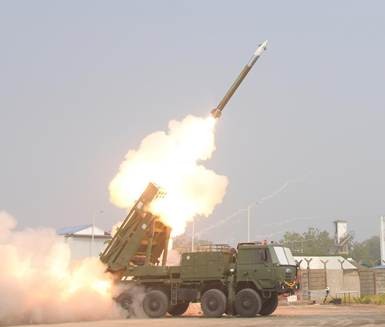
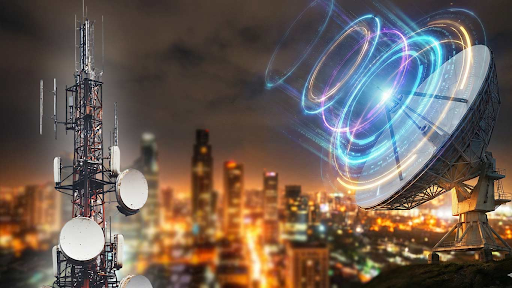
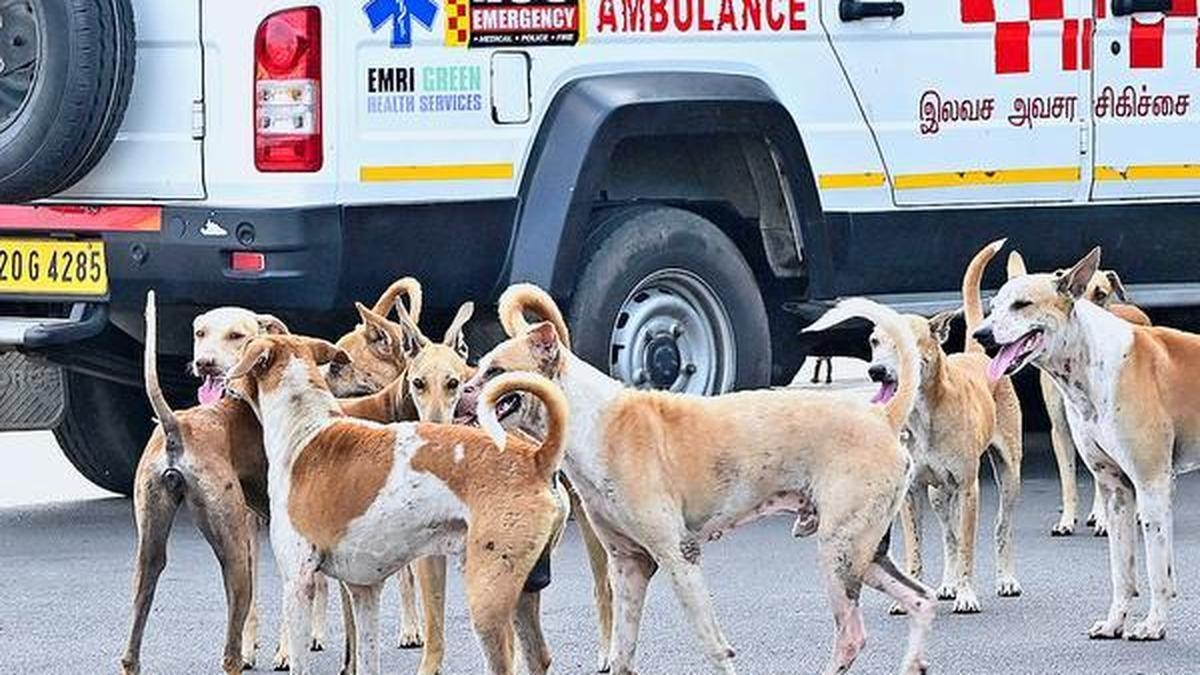
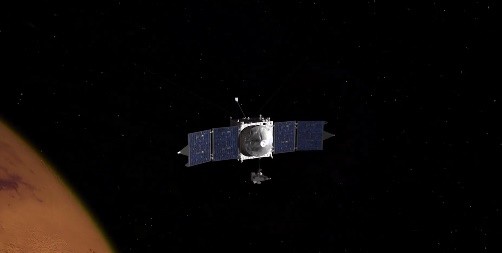
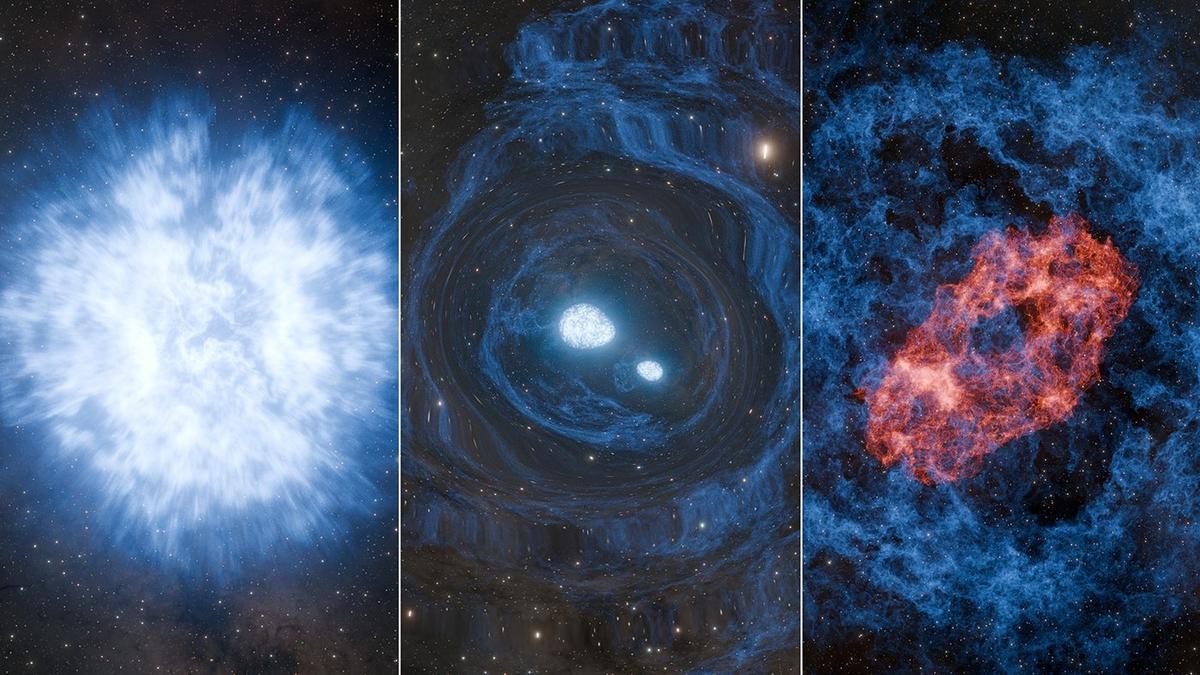

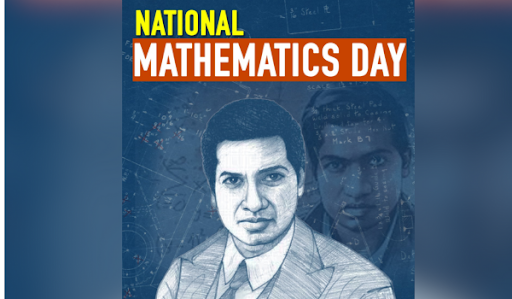


© 2026 iasgyan. All right reserved